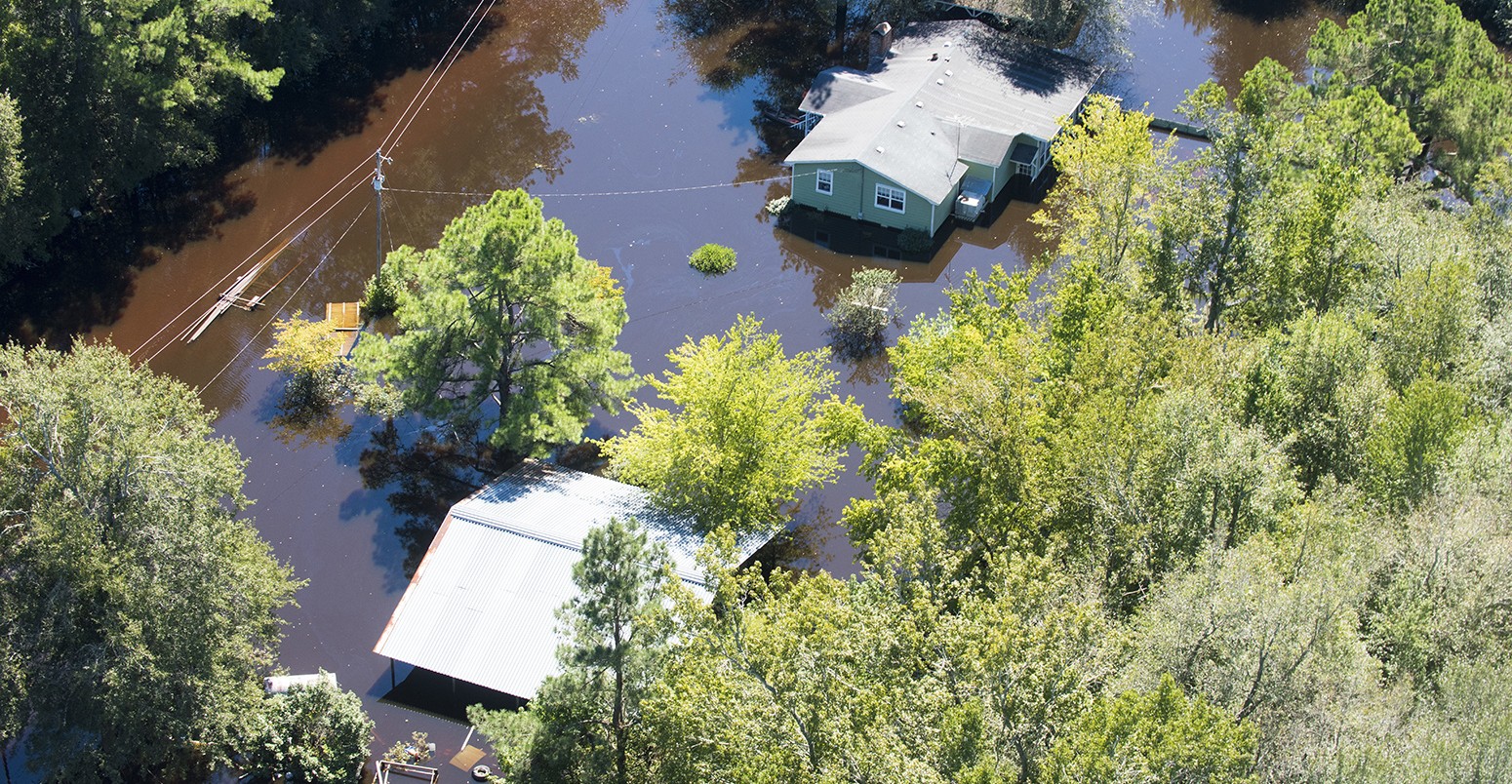
Sea level rise could put 13m Americans at risk of flooding by 2100
Robert McSweeney
03.14.16Robert McSweeney
14.03.2016 | 4:00pmRising sea levels and growing coastal populations could put millions of people in the US at risk of flooding, a new study suggests.
Sea level rise of 1.8m could inundate the homes of 13.1 million people by 2100, the researchers say, while an 0.9m increase threatens 4.2 million people.
Population and sea levels rising
More than one third of the US population lives in a city or county on the coast. In 2010, that amounted to around 123 million people. That’s expected to increase to 134 million by 2020 and rise further in the coming decades.
With more and more people living in coastal areas, there are more lives, homes and businesses at risk when coastal flooding hits. At the same time, as sea levels rise because of climate change, the risk of coastal areas being inundated by floods also goes up.
The authors of the new Nature Climate Change study argue that you shouldn’t consider one factor without the other. Lead author Mathew Hauer from the University of Georgia tells Carbon Brief:
Impact assessments have traditionally used current populations when looking at who is at risk of sea level rise, but populations are dynamic which renders most assessments obsolete rather quickly. Coastal areas are some of the most rapidly growing areas in the US.
Combining data on land elevation with projections of population and sea level rise, the researchers estimate how much of the US coastline would be inundated by rising seas.
Their results suggest that 0.9m of sea level rise by 2100 would threaten the homes of 4.2 million people, while 1.8m would put 13.1 million at risk. 1.8m is the upper end of regional sea level rise scenarios used by the US National Oceanic and Atmospheric Administration (NOAA).
The figure below from the paper maps the population in the 48 contiguous states at risk from 0.9m of sea level rise. The map is divided up into states (black lines) and individual counties (grey lines). The darker the orange shading, the larger the number of people projected to be at risk in that county.

Cumulative projected population at risk from coastal flooding with sea level rise of 0.9m by 2100, for counties in the US. Orange shading indicates size of population at risk. Grey shading indicates counties not included in the study. Source: Hauer et al. (2016).
The results suggest that counties in the southeastern US would be worst affected by rising sea levels.
Florida, with its high population and relatively low elevation, accounts for nearly half (around six million) of the entire US population at risk from 1.8m of sea level rise. Nearby states of Georgia, South Carolina and Louisiana would see over 10% of their future population at risk, the paper says.

Kevin Davis tries to pump water out of his flooded home in Pensacola, Florida, USA, 30 April 2014. The flooding stretches throughout the Gulf Coast, with parts of Florida under a state of emergency. © EPA/DAN ANDERSON.
Defend or relocate
The data used in the study doesn’t consider other factors that could increase flood risks, such as subsidence or erosion of the coastline, or those that could lower them, such as building or improving coastal defences.
It’s also worth noting that the study uses average high-tide level to indicate how much dry land rising sea levels could inundate, so it doesn’t include storm surges that can substantially boost sea levels for short periods of time.
Without adequate sea defences, many hundreds of thousands of people may be forced to relocate, the paper says.
Such a movement of people would be on the scale of the Great Migration in the US during the 20th century, Hauer says, where around six million black Americans left the southern states to escape persecution.
But rising coastal populations will make defending or relocating people more difficult and expensive, the paper warns. Existing estimates of adaptation costs could be “be deceptively low if future population growth is not taken into account,” the paper says:
Not only could the costs of relocating a community be greatly underestimated if that population is growing, but the challenge of finding suitable areas for relocation could be problematic as well.
Main image: Andrews, United States. 7th October 2015 — A Coast Guard overflight shows the continuing effects of flooding in the South Carolinian counties of Berkley and Williamsburg.
Hauer, M. E. et al. (2016) Millions projected at risk from sea-level rise in the continental United States, Nature Climate Change, doi:10.1038/nclimate2961.

